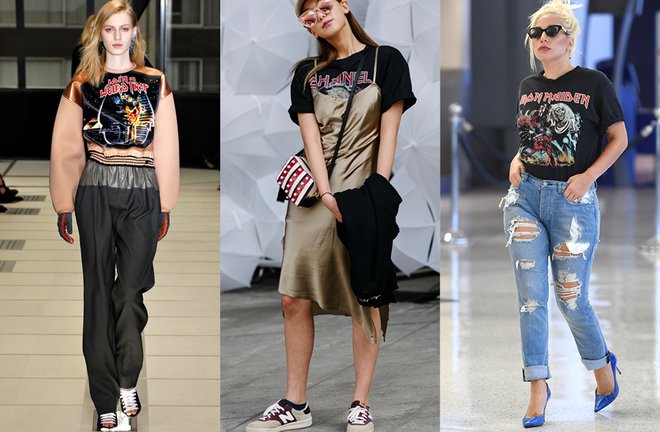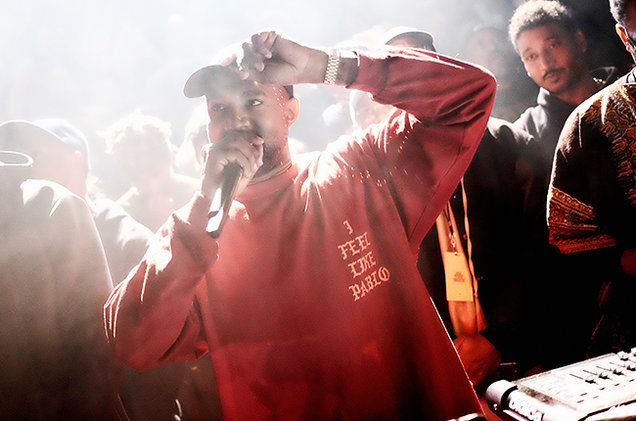Concert merchandise is part of the experience of seeing a live band. T-shirts, hats and hoodies with band names, likeness and logo, sold to fans as a souvenir for one memorable night. However, tour ‘merch’ has become a more significant part of a band’s business model, sparking a competition between pop stars to up their game.
For a consumer, the concert merchandise was a way of telling people: “I went to that concert, and I had a ‘sick’ time.” Or in other words: “I waited in line for 20 minutes after the show was over to buy this shirt, and it was so worth it!”

For a band whose primary source of income comes directly from their music, merchandise sales are the most profitable in terms of brand awareness. The Future of Music Organisation explains that merchandise accounted for about 6% of a rock band’s income in 2011. Well, at least that was the case.
Bands and Pop Stars are building a name for themselves, creating some of the most memorable merchandise we have ever seen. “It depends on the artist. Some will be more significant than others, but [concert ‘merch’] is definitely a key revenue stream for many of them,” says Mat Vlasic, chief executive officer of Bravado.
Merchandise sold at Justin Bieber’s concerts resembles the popular luxury street wear, which we would usually find on blogs or social media platforms. Karla Welch, Bieber’s stylist, explains that the merchandise available has become an “organic” reflection of the artist’s personal style, rather than a promotional billboard for building brand awareness.

Kanye West’s Madison Square Garden Show in February this year came hand-in-hand with a range of affordable ‘Life of Pablo’ merchandise. The minimal, all-red t-shirts, hoodies and hats were embellished with his lyric “I feel like Pablo.” The collection was created in collaboration with Cali Thornhill DeWitt and quickly became a fashion statement, rather than concert merchandise. Repurposed, one-of-a-kind Levis’ jackets caused the most hype, priced at $400. Even the consumers who don’t affiliate themselves with the artist have been buying his merchandise, seeing brand merchandise evolve from a supportive apparel article, to an iconic fashion statement.
Vlasic sees the business in creating “a new retail experience” for each venue on the tour, in the attempt to attract customers. Vlasic believes the fashion immediacy and direct-to-consumer fashion shows has a lot to learn from the business of concert merchandise.
Through this development of concert merchandise and re-branding of particular artists, comes an expression of style and artistic message. The repurposed vans are no longer flogging off cheaply made hats outside the venue. Instead, they are offering an insight into the artistic process of the pop stars, through items of clothing that are worthy of your wardrobe. Finally, the merchandise we wear can tell people: “I went to that concert last night, and look how good I look now.”






